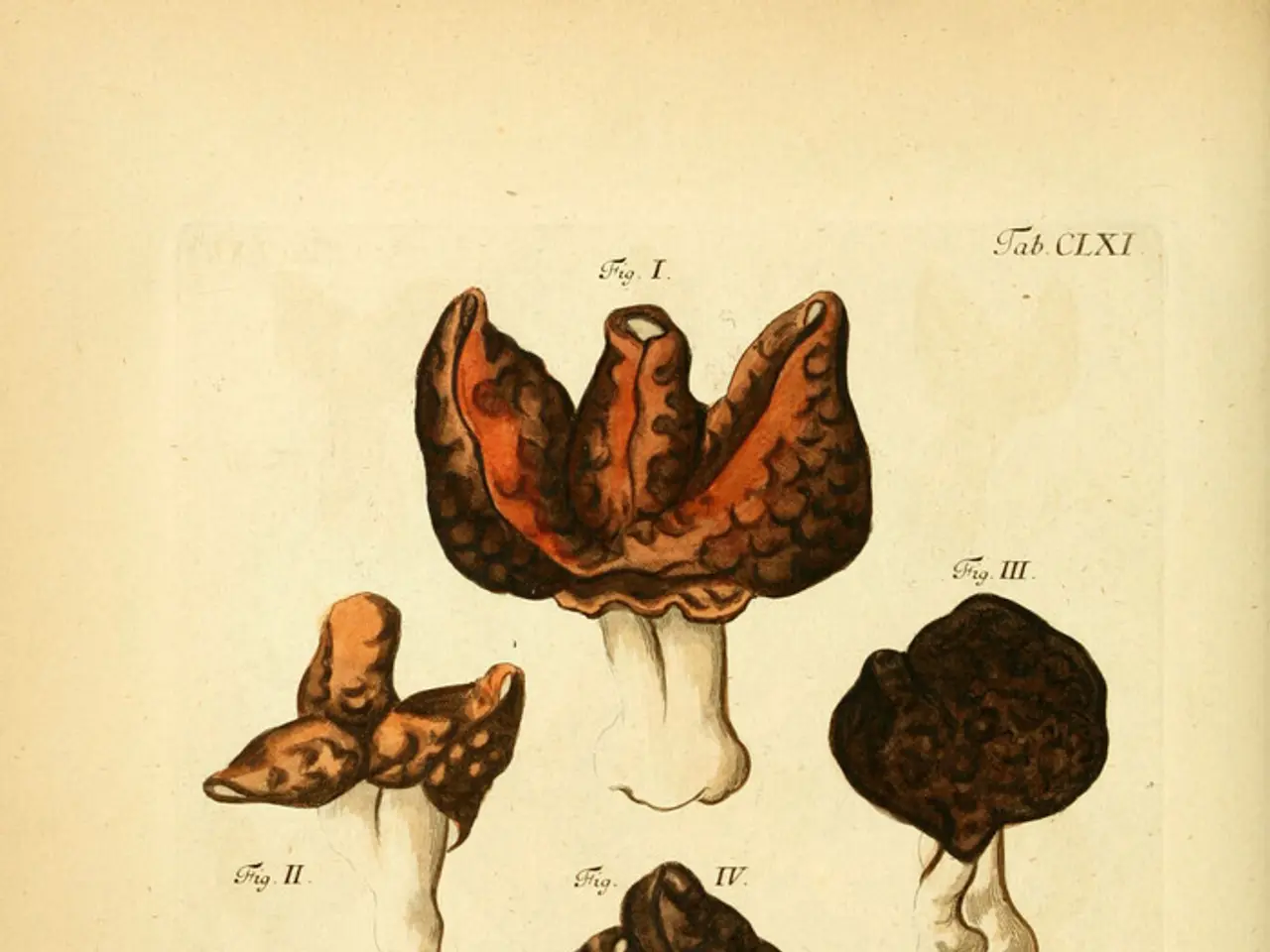Historical Insights into Human Anatomy: Unraveling the Secrets of Our Physical Makeup - Exploring the Evolution of Anatomical Knowledge: Our Journey to Deciphering the Human Body's Intricacies
The fascinating journey of anatomical studies can be traced back over five millennia, from the ancient Egyptian era to the modern day. This article will delve into the key phases that have shaped our understanding of the human body, highlighting the significant contributions made by various civilizations and individuals throughout history.
In the ancient Egyptian period, around 3000 BCE, anatomical knowledge was primarily gained through the practice of embalming human organs during mummification. This allowed for detailed observation of internal organs and diseases, laying the foundation for future anatomical and medical progress [1][2]. Egyptian physicians, trained as scribes, studied medical texts encompassing surgery, broken bone setting, dentistry, and remedies for various ailments [1]. Hygiene and dental care were advanced for the time, with the development of toothpaste, toothbrushes, and breath mints [1].
During Classical Antiquity and the Middle Ages, Greek physicians like Hippocrates and Galen expanded anatomical knowledge through dissection and clinical observation, although human dissection was often limited due to cultural and religious restrictions. Anatomy became more empirical, but reliance on animal dissection and texts sometimes constrained accuracy [3].
The Renaissance and Early Modern Period marked a significant turning point in anatomical studies. The revival of human dissection in Europe, led by figures like Andreas Vesalius, revolutionized anatomy by providing detailed, accurate human anatomical drawings and descriptions based on direct observation [4]. This period marked the shift from theoretical to empirical anatomical studies.
In the 19th and 20th centuries, technological advances such as microscopy, radiography (X-rays), and later CT and MRI scans enabled non-invasive internal anatomical studies. Anatomical studies became increasingly integrated with physiology, pathology, and genetics [5].
In the 21st century, modern anatomy leverages genomics and advanced imaging. For example, sequencing of ancient Egyptian skeletons' entire genomes has been achieved, enhancing understanding of historical populations and their biology [6]. Digital technologies, 3D visualization, and molecular biology now complement classical anatomical studies, making anatomy a dynamic and continually evolving field.
In summary, anatomical knowledge has evolved from ancient Egyptian empirical and ritual practices to a rigorous scientific discipline in the modern era, enriched by technological progress and deeper biological understanding [1][2][3][4][5][6]. The roots of modern anatomical science lie in the 16th century, a time when both surgeons and artists began to show interest in the human body. However, the study of the human body remained controversial due to social conventions that often made dissection illegal or considered it blasphemous or indecent [7].
References: [1] https://www.britannica.com/science/anatomy [2] https://www.ncbi.nlm.nih.gov/pmc/articles/PMC2863011/ [3] https://www.britannica.com/topic/anatomy/Ancient-Greek-and-Roman-anatomy [4] https://www.britannica.com/biography/Andreas-Vesalius [5] https://www.nature.com/articles/nature03936 [6] https://www.nature.com/articles/nature10910 [7] https://www.britannica.com/topic/anatomy/Anatomy-in-the-Renaissance-and-early-modern-period
The European Union and the United States are collaborating on advanced medical-conditions research, drawing from the rich history of anatomical studies, stretching back to the ancient Egyptians. In this joint effort, they aim to improve health-and-wellness outcomes through innovative science focused on understanding and treating various medical issues.
The European Union and the United States are also investing in cutting-edge technologies like genomics and advanced imaging to shed light on historical populations, furthering our understanding of the human body and potentially leading to breakthroughs in medical science.




